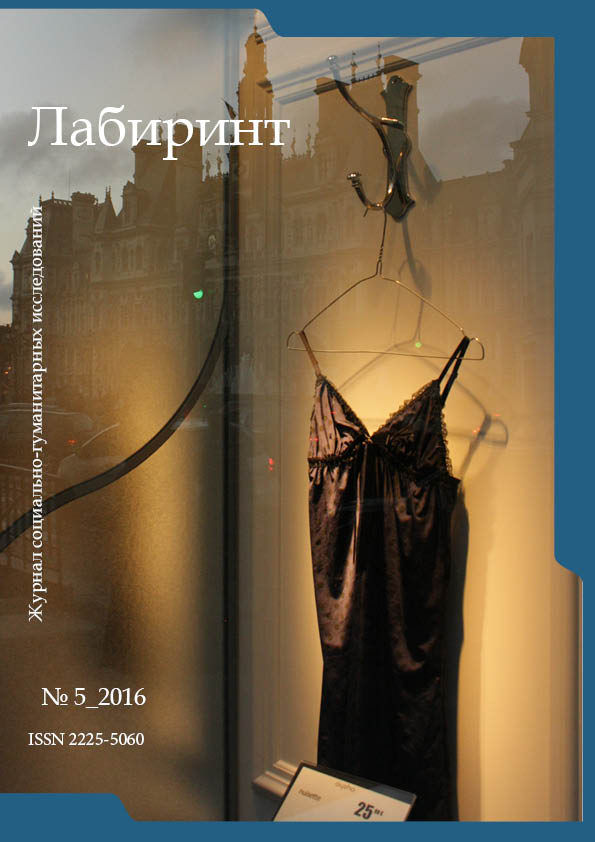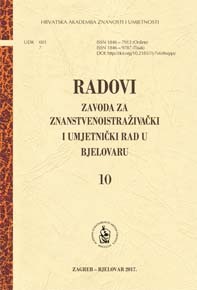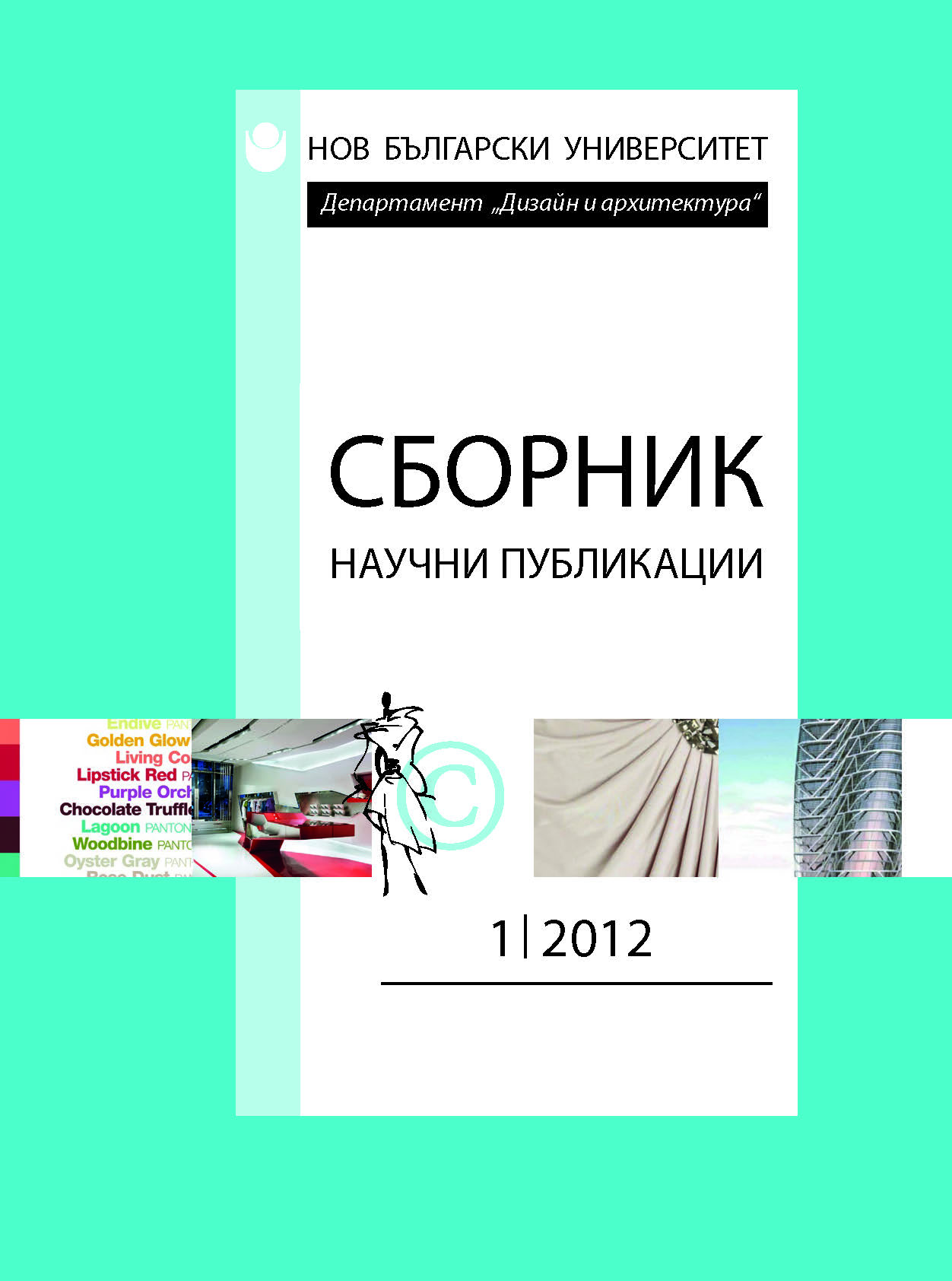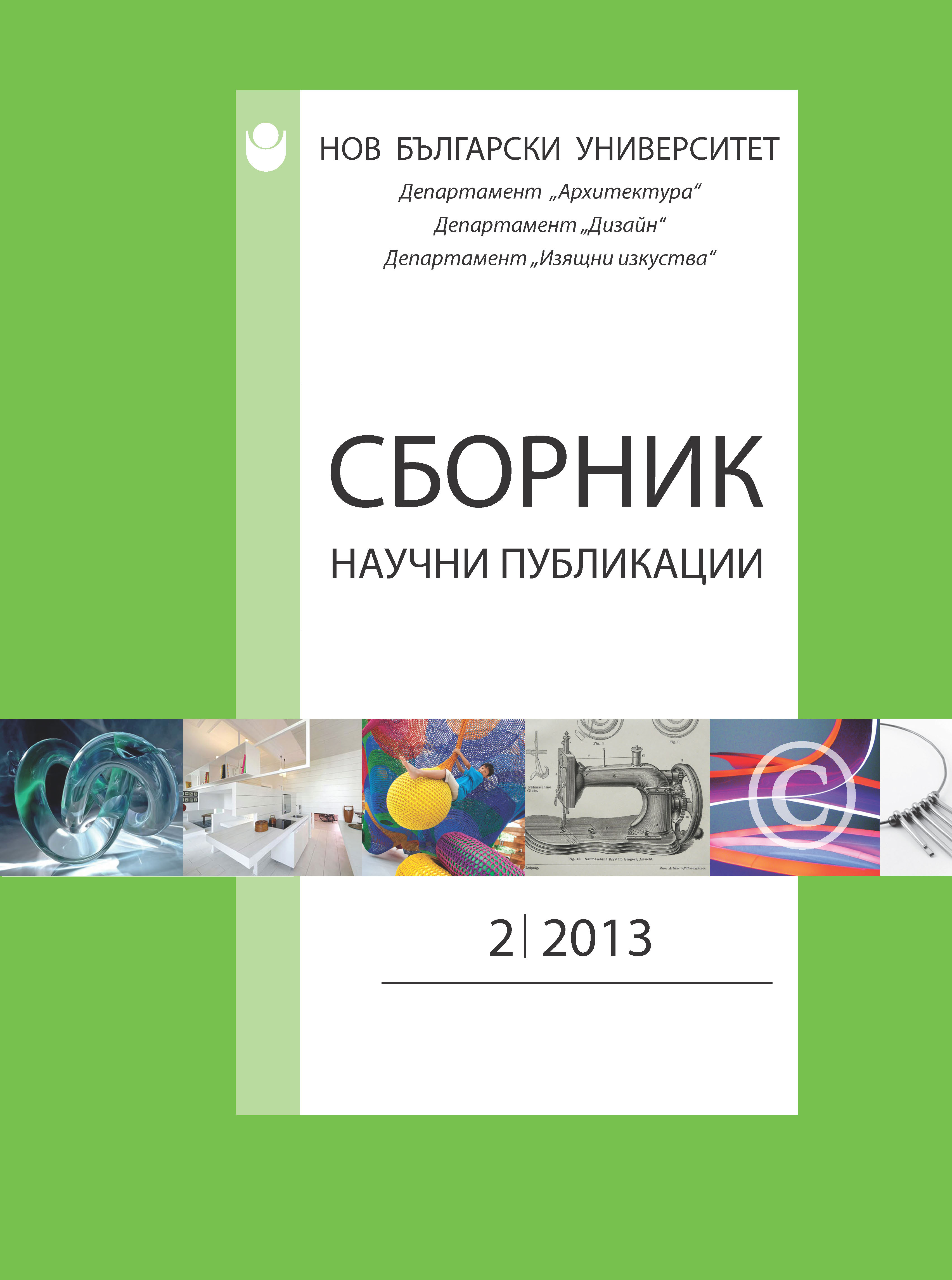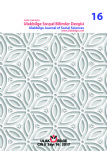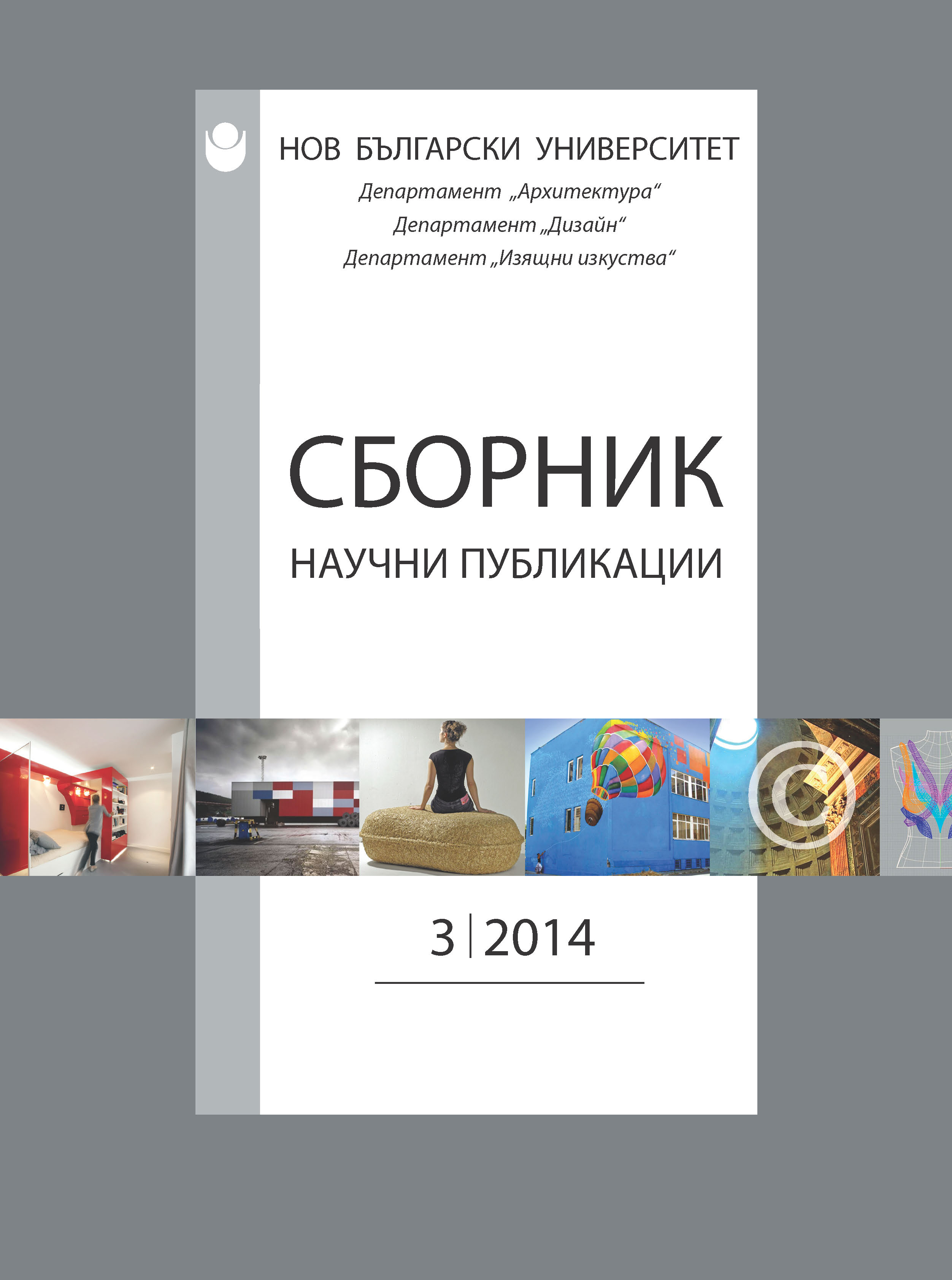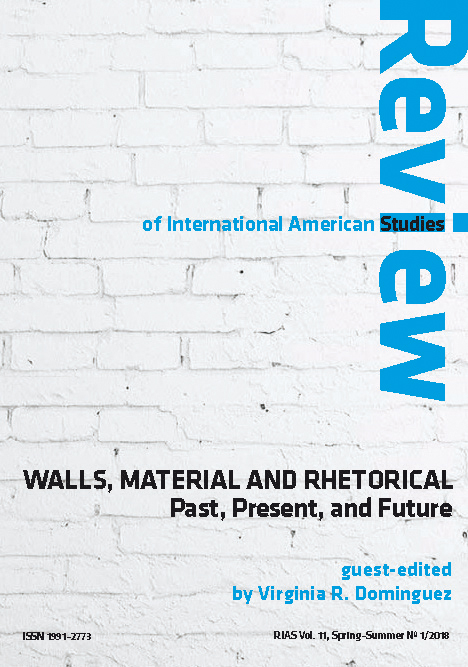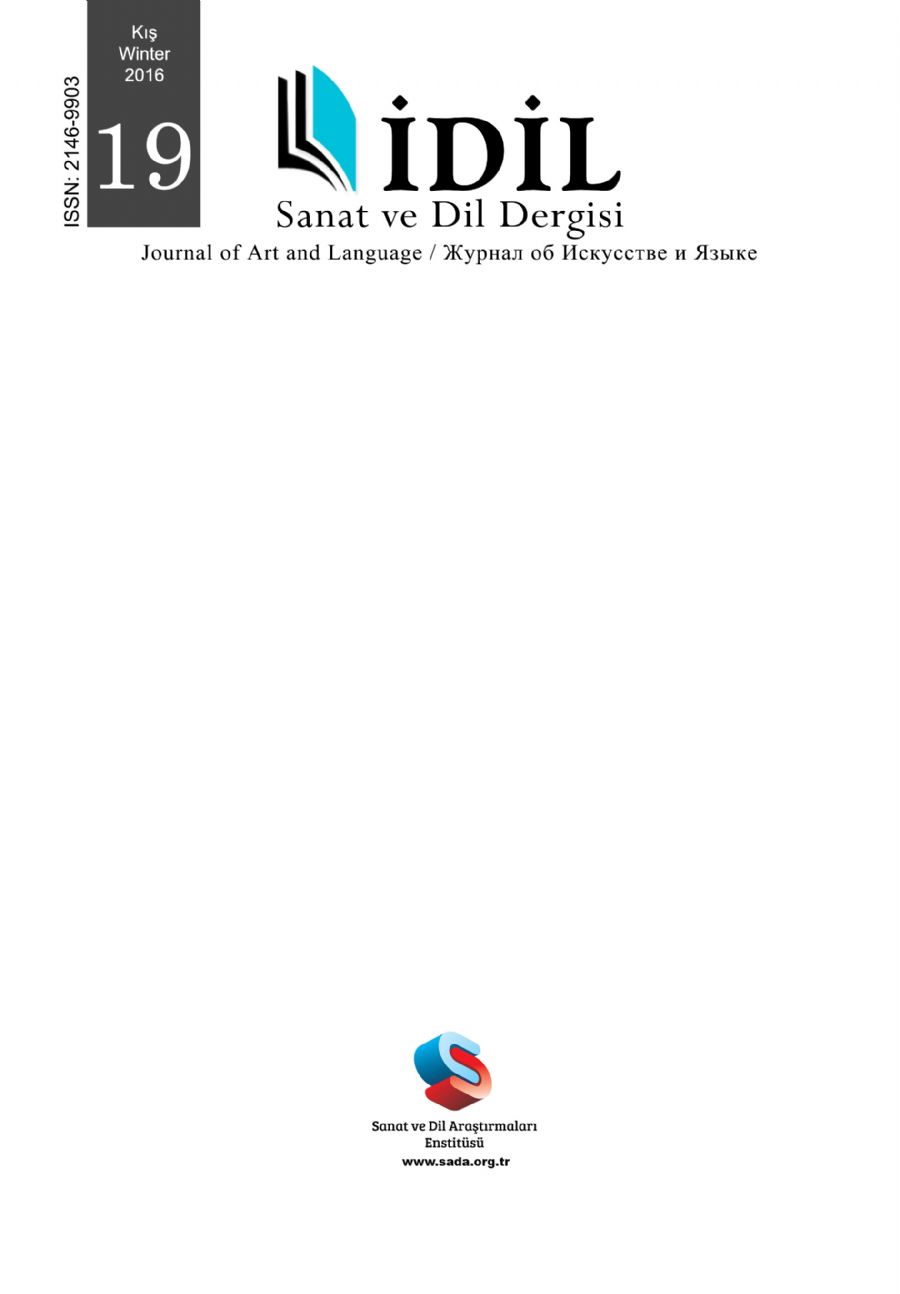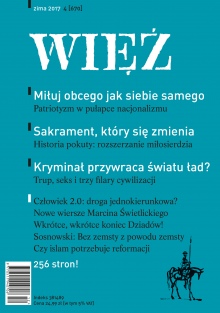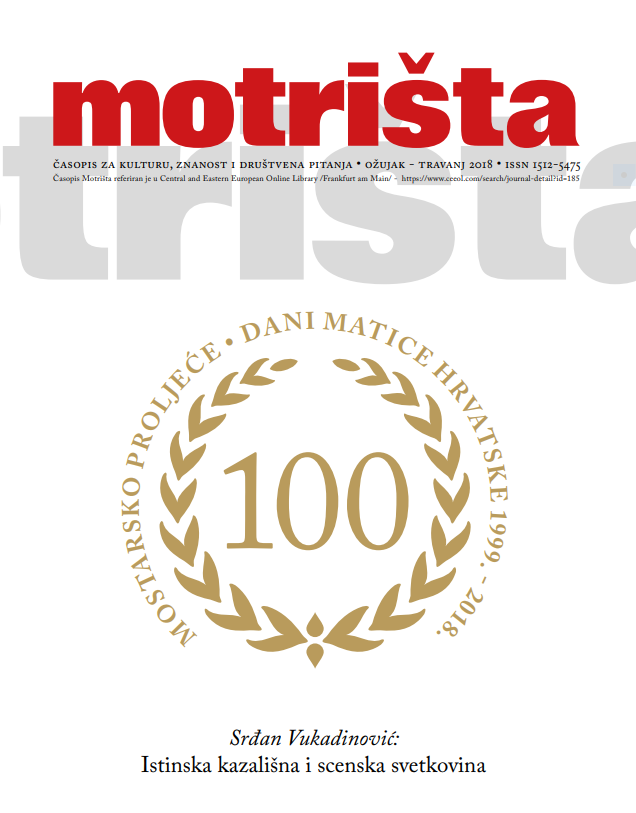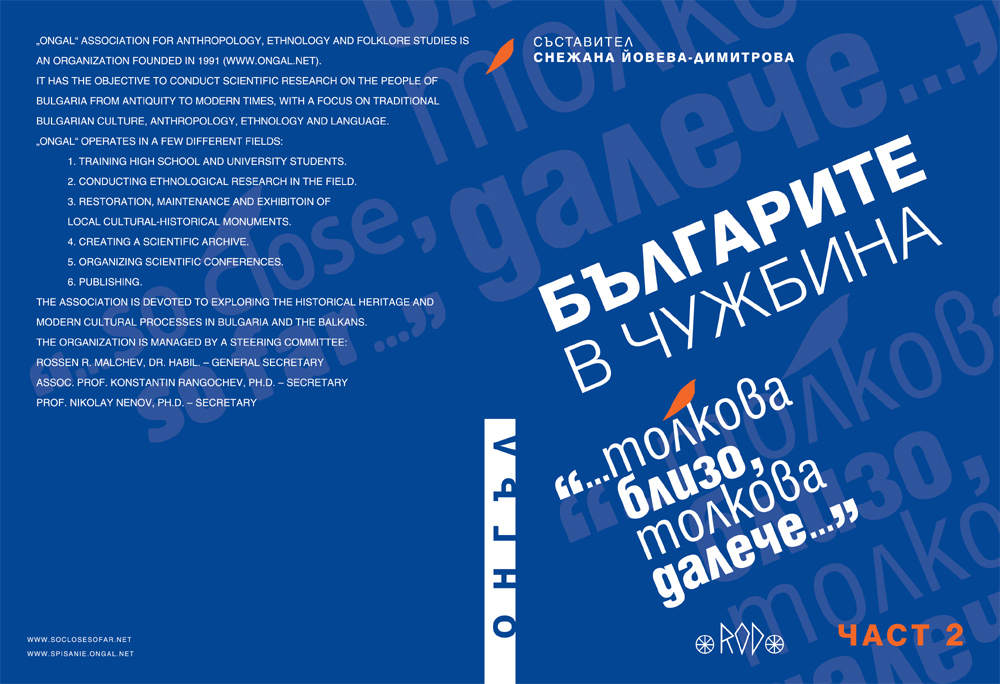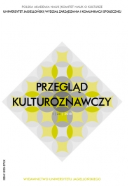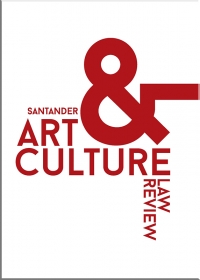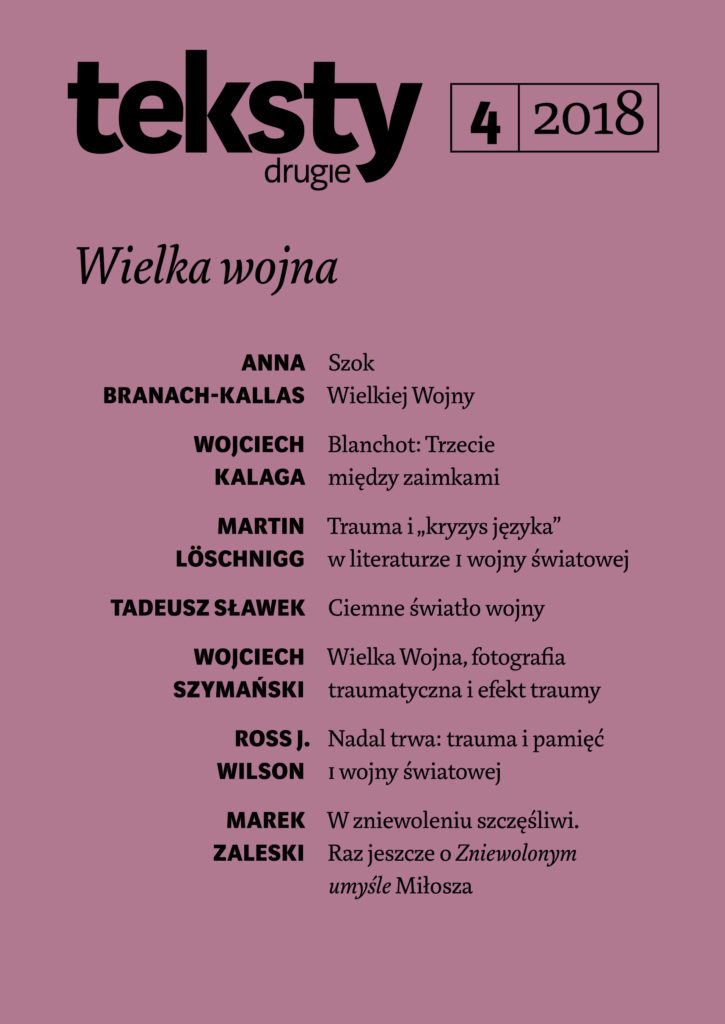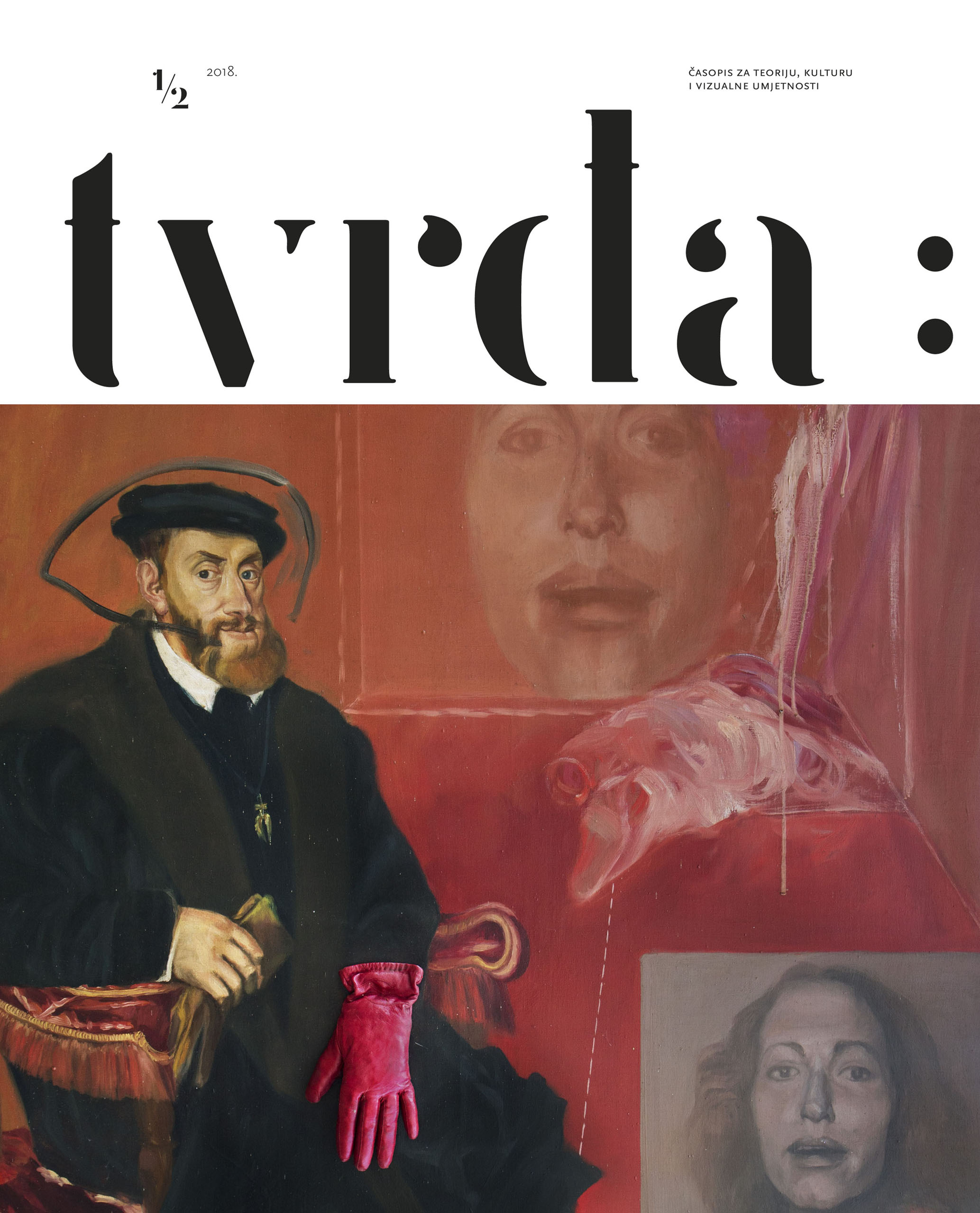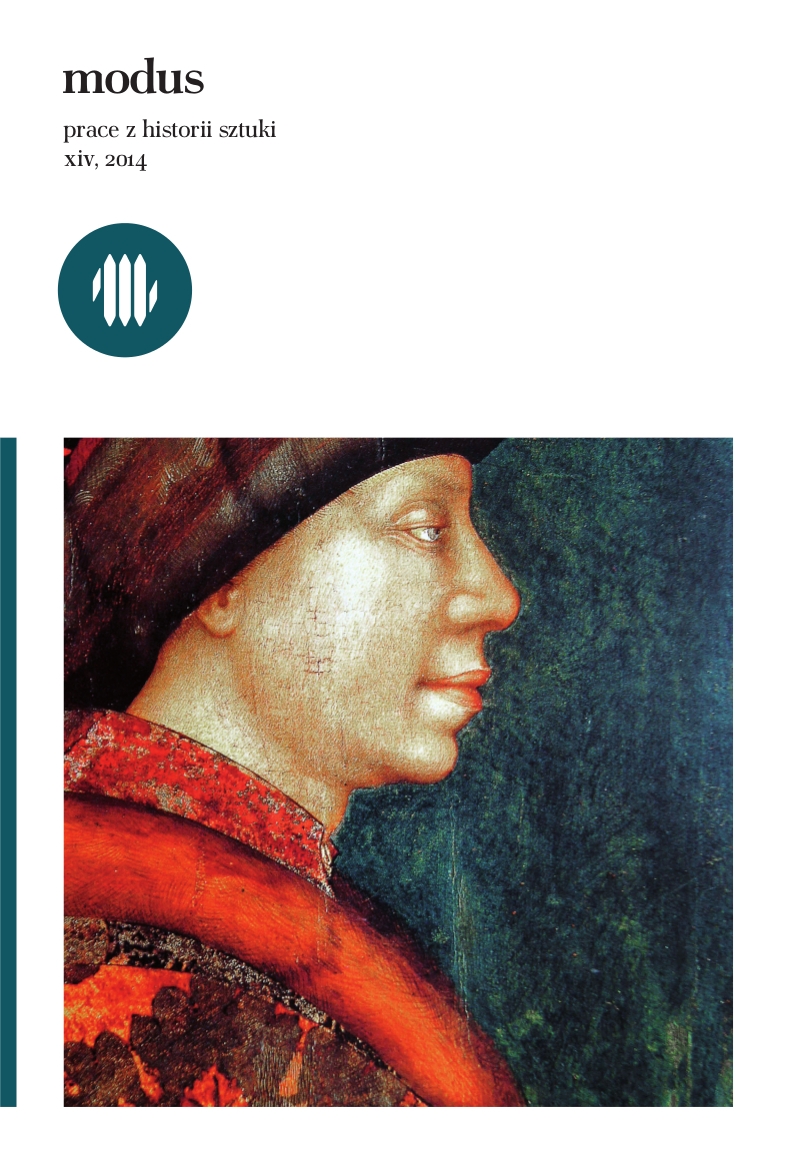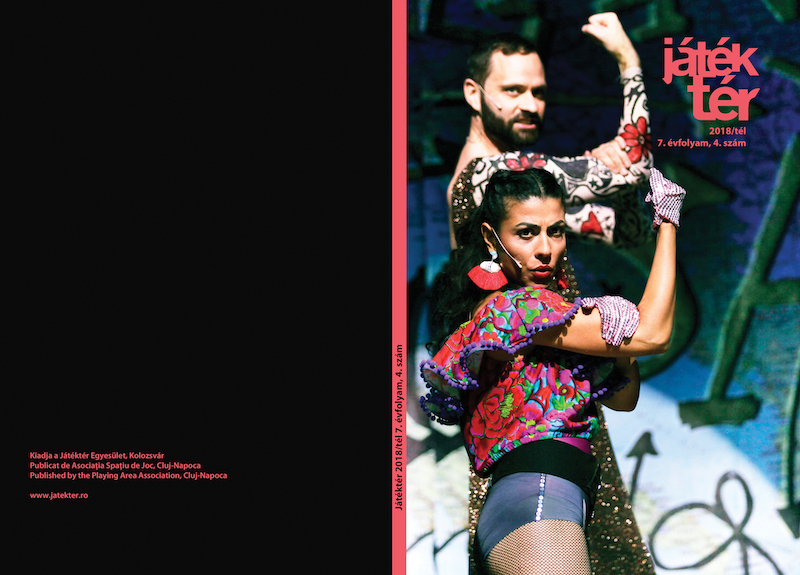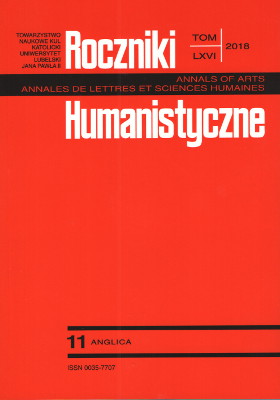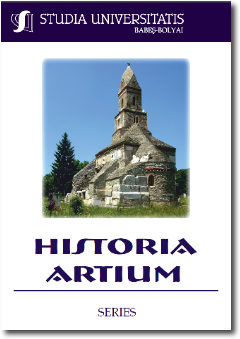Author(s): Fatma Koç,Emine Koca / Language(s): Turkish
Issue: 19/2016
Turkish folk costumes also vary with adornment and brode technique alongside fabric, pattern, mold, assembly, and laminating. Turkish folk costumes which comprise of a lot of different piece with plenty of fabric and ornament features consist of jewelries and ornaments, which wear to head, body and foot. Clothes, used in traditional life, shaped and changed with people’s lifestyle and philosophy, traditions with social and geographical feature of region. When the design elements and ornament features were also on the agenda, alongside the functional features of clothes, these clothes used as a communication tool. While Turkish people creating their clothes, they generally gave importance to ornament features than pattern features. As in other branches in traditional arts, ornaments in folk clothes generally were shaped in accordance with emotions, such as; sexuality, fertility, evil eye, hope, longing, fear, love, and beliefs. Therefore, ornaments increase cultural value of clothes. The layering feature of clothing, which is consisted of simple cut costumes that dressed two or four times in a row, is also constituted the ornament forms of the clothes. In Turkish folk clothing and dressing, besides artistic and esthetics values, ornaments have an important role for meanings and the messages. In this work, which is analyzed with typological approach, the real examples of Turkish folk clothes, extended from 19th century to today, was classified into six groups by examining photographs, the features of ornaments and application techniques. This typological classification was explained by giving examples.
More...
